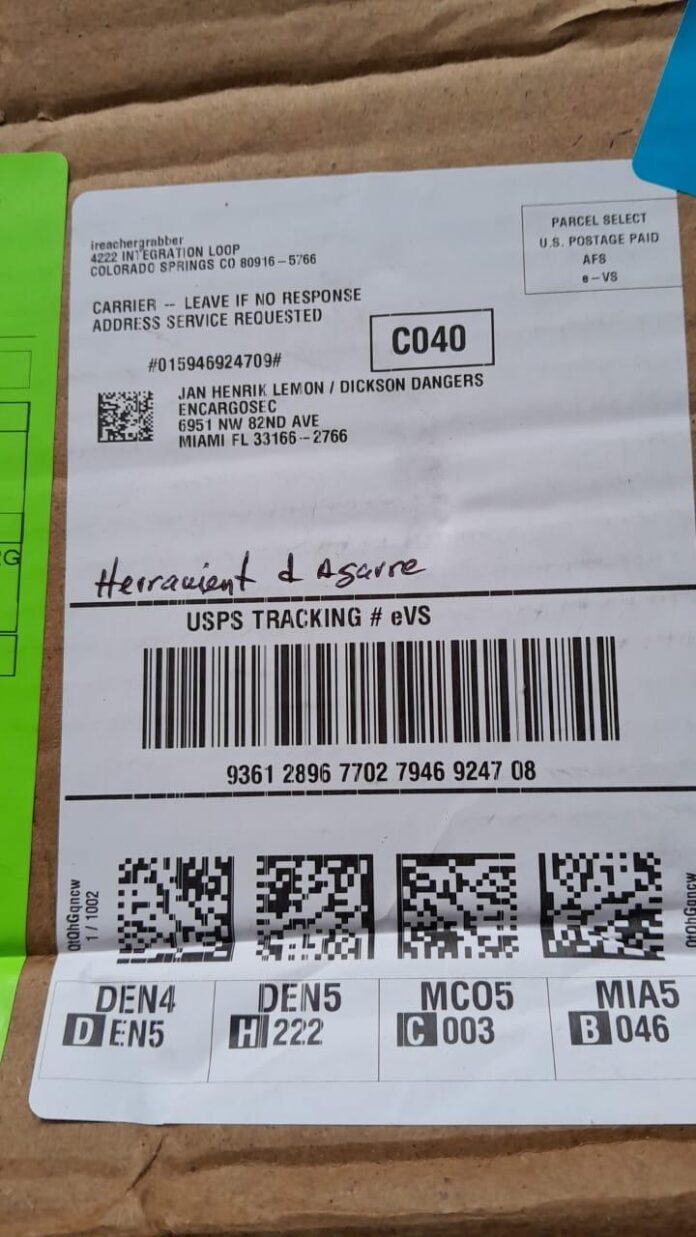
Low blood sugar, also known as hypoglycemia, is a condition where the level of glucose in the blood falls below normal levels. This condition can be dangerous and potentially life-threatening if not properly managed. In this article, we will discuss the dangers of low blood sugar and provide tips on how to understand and manage hypoglycemia.
Hypoglycemia can occur in anyone, but it is most common in people with diabetes who take insulin or certain oral medications. It can also occur in people without diabetes due to factors such as excessive alcohol consumption, certain medications, or medical conditions. When blood sugar levels drop too low, the body does not have enough energy to function properly, leading to symptoms such as dizziness, confusion, sweating, tremors, and in severe cases, loss of consciousness.
One of the biggest dangers of low blood sugar is the potential for hypoglycemic unawareness. This occurs when a person’s blood sugar drops to dangerously low levels without experiencing any symptoms. This can be particularly dangerous as the person may not realize their blood sugar is low and may not take action to raise it, leading to further complications.
Another danger of low blood sugar is the risk of seizures or coma. If blood sugar levels continue to drop without intervention, the brain may not receive enough glucose to function properly, leading to seizures or loss of consciousness. This is a medical emergency and requires immediate treatment to prevent further complications.
In severe cases, untreated hypoglycemia can even be fatal. Without enough glucose, the body’s organs and tissues cannot function properly, leading to irreversible damage and even death. This is why it is crucial to understand the dangers of low blood sugar and take steps to prevent and manage hypoglycemia.
So how can you prevent and manage hypoglycemia? The key is to monitor your blood sugar levels regularly and take steps to keep them within a healthy range. This includes:
1. Checking your blood sugar levels regularly, especially before and after meals, exercise, and at bedtime. This will help you identify patterns and triggers for low blood sugar.
2. Eating a balanced diet that includes carbohydrates, proteins, and fats. Avoid skipping meals or going too long without eating, as this can cause your blood sugar levels to drop.
3. Taking your medications as prescribed. If you have diabetes, it is important to follow your doctor’s recommendations for insulin or oral medications to prevent low blood sugar.
4. Being aware of symptoms of low blood sugar and taking action if you experience them. This may include eating a fast-acting carbohydrate such as juice, soda, or glucose tablets to raise your blood sugar quickly.
5. Communicating with your healthcare provider about your blood sugar levels and any concerns you may have. They can provide guidance on managing hypoglycemia and adjusting your treatment plan if needed.
In conclusion, the dangers of low blood sugar, or hypoglycemia, are serious and should not be taken lightly. Understanding the risks and taking proactive steps to prevent and manage hypoglycemia can help you avoid potentially life-threatening complications. By monitoring your blood sugar levels, eating a balanced diet, taking your medications as prescribed, and being aware of symptoms, you can reduce the risk of hypoglycemia and lead a healthier, more balanced life. Remember, your health is in your hands, so take charge and stay informed about the dangers of low blood sugar. Your body will thank you for it.












